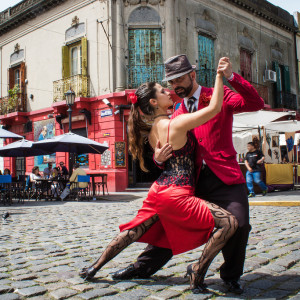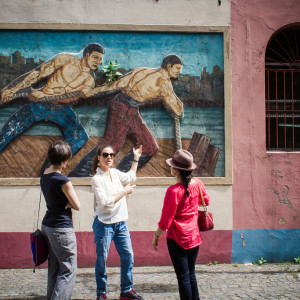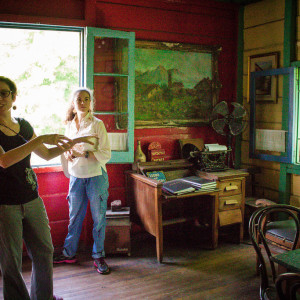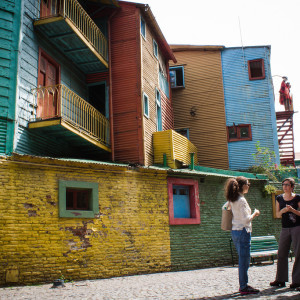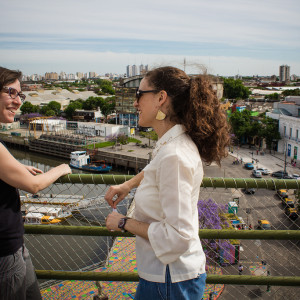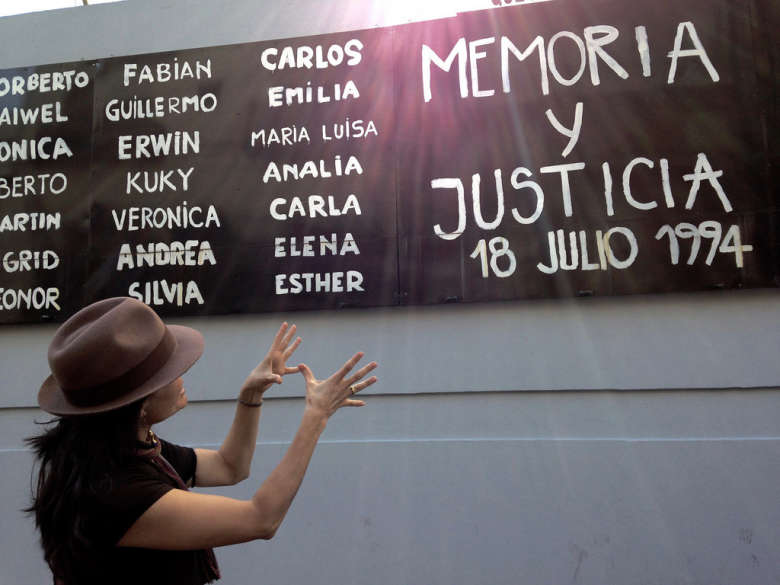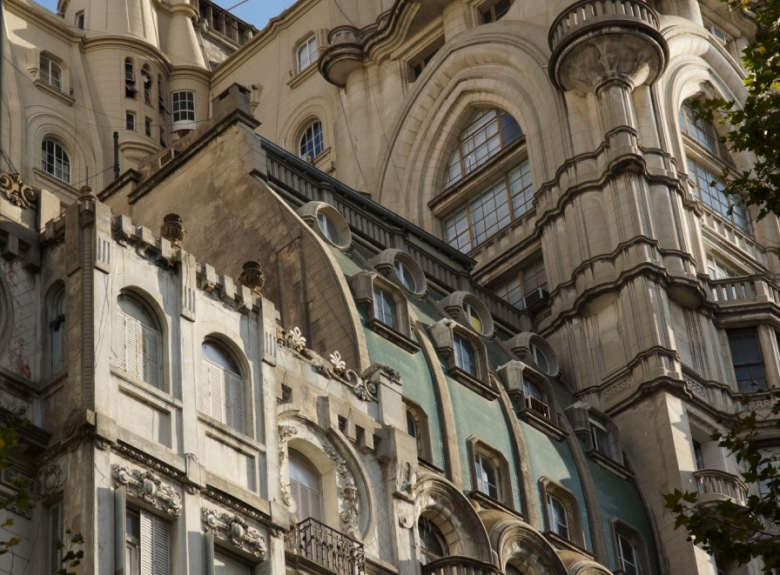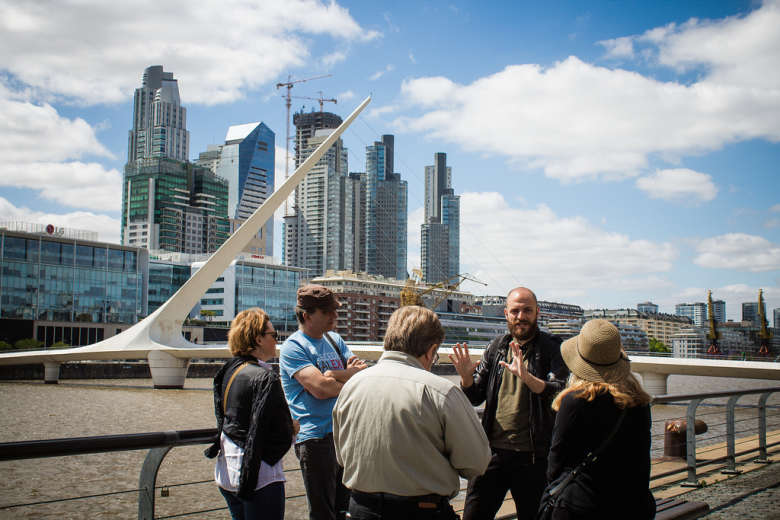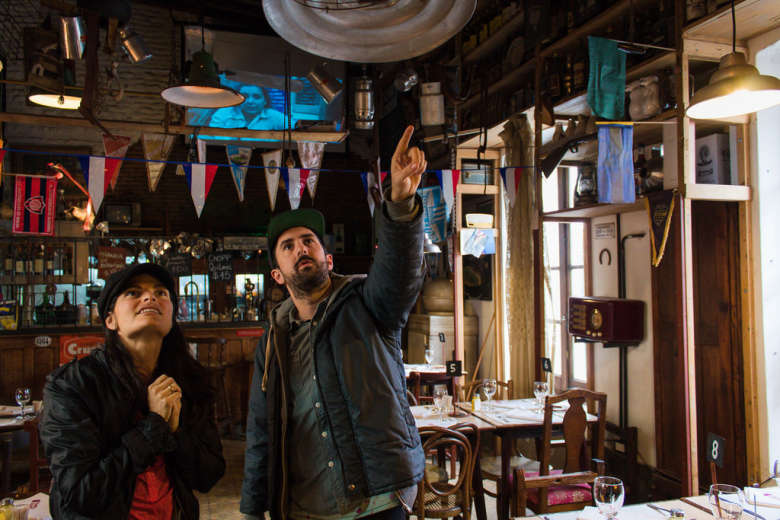Tour Details
Duration
3 hours
Product Type
Tour
Venues
- La Boca Neighborhood
- El Caminito Street
- Academy and Museum of Tango
- Café Tortoni
Select a date
Tour Description
A hobby for some, an addiction and a way of life for others, tango is a crucial part of the identity of Argentinians. In this 3-hour Buenos Aires Tango Tour, we'll join a local tango dancer for a stroll through cafes, shops, and streets where tango was invented and perfected. Along the way, we'll discover the culture and codes of conduct of tango society, acquire some new vocabulary, and learn to differentiate the various styles of dance and music. We'll immerse ourselves in its history and discover the fascinating lives of the artists who have made tango what it is today.
Experts
Our walk begins in La Boca, the birthplace of tango in the 1880s, particularly along El Caminito. Once home to fishermen, musicians, and immigrants from Italy, Spain, and beyond, this vibrant neighborhood was shaped by its residents' struggles in crowded tenements (conventillos), where tango—a music and dance once dismissed as vulgar—was born. As we explore La Boca's colorful streets, we’ll discuss the mass immigration that shaped its culture, visit preserved conventillos now turned into museums and shops, and perhaps enjoy live tango music and dancing. We may also visit the Museum of Benito Quinquela Martín to appreciate the art that defined the neighborhood’s bohemian spirit.
From La Boca, we head downtown, exploring the evolution of tango from its risqué roots to its mainstream acceptance, marked by figures like Astor Piazzolla. Stops may include a handmade tango shoe shop and the Academy and Museum of Tango, where artifacts chronicle the dance’s history and its relationship with politics and culture. Our journey concludes at a historic café such as Café Tortoni or La Ideal, perfect for enjoying coffee and churros while learning about the best milongas, dance schools, and tango events in Buenos Aires.
From La Boca, we head downtown, exploring the evolution of tango from its risqué roots to its mainstream acceptance, marked by figures like Astor Piazzolla. Stops may include a handmade tango shoe shop and the Academy and Museum of Tango, where artifacts chronicle the dance’s history and its relationship with politics and culture. Our journey concludes at a historic café such as Café Tortoni or La Ideal, perfect for enjoying coffee and churros while learning about the best milongas, dance schools, and tango events in Buenos Aires.
We will come away from this walk with a rich close-up view of tango and its complex social, economic, and cultural origins in Buenos Aires, finalizing our investigation, ready to explore the dance with exciting first-hand experiences in the streets and venues of the city’s nightlife.
Disclaimer: If a venue on the tour is closed, like the Tango Museum, your expert will bring you to an alternative venue where you can still learn about the wonders of tango and, in many cases, their personal connections with the venues.
Disclaimer: If a venue on the tour is closed, like the Tango Museum, your expert will bring you to an alternative venue where you can still learn about the wonders of tango and, in many cases, their personal connections with the venues.
Does this tour involve any dancing?
This is a historical and cultural tour; it does not involve practicing any dancing. You are likely, though not guaranteed, to see tango dancers and musicians during the walk, who are playing for tips, and your guide would be happy to stop for you to watch and answer questions.
How do we get between the different areas covered on this tour?
You can take public transit or taxis; your guide will discuss options with you during the tour.
Is this tour very walking-intensive?
This is a moderate tour, and, depending on the expert, more geography can be covered. We can adjust the experience if you have mobility issues to reduce walking distance.
How do we get between the different areas covered on this tour?
You can take public transit or taxis; your guide will discuss options with you during the tour.
Is this tour very walking-intensive?
This is a moderate tour, and, depending on the expert, more geography can be covered. We can adjust the experience if you have mobility issues to reduce walking distance.
Where You'll Start
–
41 Reviews
Reviews can only be left by Context customers after they have completed a tour. For more information about our reviews, please see our FAQ.
Teresa was great and we were very happy. She also accommodated our lateness and graciously extended our tour since we were quite late after going to the wrong address.
I love Context, have been using them for years and will continue to do so.
Livia
Livia
Reviewed on:
Dec 14, 2025
Basak was not just a fantastic guide, but also a professional tango dancer. Great insight into the culture, history and etiquette of Tango.
Alan
Reviewed on:
Mar 20, 2025
Absolutely a great experience with a very knowledgeable guide. Thank you
Sara
Reviewed on:
Mar 3, 2025
